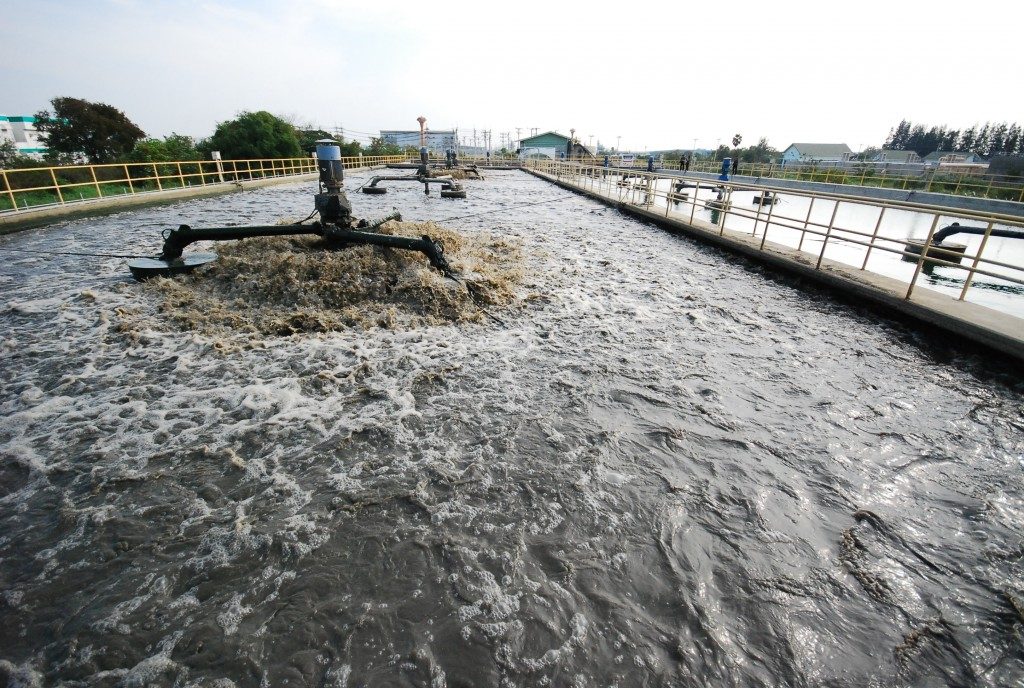 Water is a finite resource, and all freshwater sources on the planet are vital for every country and community. These do not just provide water for commercial and residential use but also plays a crucial role in the survival of flora and fauna of an ecosystem.
Water is a finite resource, and all freshwater sources on the planet are vital for every country and community. These do not just provide water for commercial and residential use but also plays a crucial role in the survival of flora and fauna of an ecosystem.
So when such sources are contaminated by wastewater that has not been properly treated, it affects the ecological balance and the livelihood of the community. But countries that have natural wetlands have an advantage. Wetlands are natural filters for chemicals and compounds that could be toxic to animals, and some countries use natural wetlands as a way to treat wastewater. These areas are natural transition zones between terrestrial and aquatic environments for your wastewater.
In commercial water treatment, an artificial wetland will be built between the aquatic body and wastewater source. It requires minimal or no maintenance, uses no electricity and will cost almost half of what a conventional water treatment plant would.
Different plant species will be used in the wetlands to absorb minerals, carbon dioxide, and oxygen from wastewater. This technique, called phytoremediation, uses living plants to remove pollutants and toxic chemicals from wastewater. Here are the methods of phytoremediation used for wastewater treatment.
Phytoextraction
This is also called phytoaccumulation. Plants in your wetland will hyper-accumulate or take up contaminants through their roots. These contaminants are then stored in the stem or leave tissues. In phytoextraction, contaminants are not necessarily broken down. They are, however, removed from your environment when these plants are harvested.
It is particularly useful for the removal of heavy metals like chromium, lead, mercury, selenium, nickel, and zinc. Sometimes, these metals are recovered for reuse through incinerating the plants in a process known as phytomining.
Phytosequestration
 This is at times called phytostabilization. It encompasses several processes. These processes all involve the absorption of dangerous minerals in wastewater through plant roots and adsorption of these chemicals to the roots’ surfaces.
This is at times called phytostabilization. It encompasses several processes. These processes all involve the absorption of dangerous minerals in wastewater through plant roots and adsorption of these chemicals to the roots’ surfaces.
In this process, metal-tolerant plants will be used to reduce the presence of metals in the soil and avert their infiltration into groundwater. Phytosequestration is used in wetlands to get rid of mineral deposits. Recently, it has also been used for extracting chlorinated and phenolic compounds.
Phytovotalization
This process involves plants that absorb the volatile organic compounds and heavy metals in your wastewater through the roots. They will then transpire these compounds or the metabolites through the leaves into the atmosphere. Phytovotalization can get rid of selenium, mercury and chlorinated solvents from wastewater.
Rhizodegradation
This process takes place in the groundwater or soil within the plant roots’ immediate surroundings. Rhizodegradation stimulates rhizosphere bacteria to enhance the biodegradation of soil and water contaminants. The process can effectively get rid of mercury, zinc, lead, cobalt, selenium, phenolic compounds, and cadmium from wastewater.
You will spend so much money on various commercial processes. Wastewater treatments prevent the release of dangerous chemicals into soil and water bodies. There are many ways you can simulate the natural effect of wetlands on water. These processes guarantee that the water you will release into water bodies is sufficiently treated and harmless.

